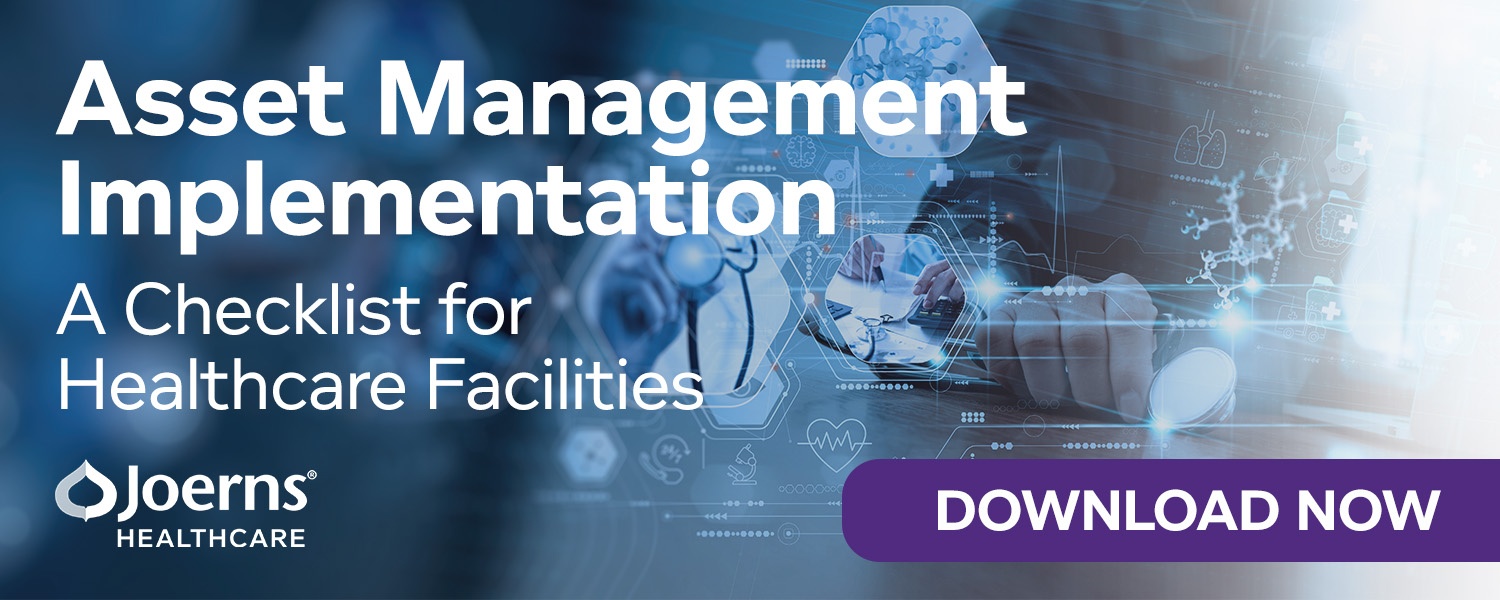Healthcare institutions operate and maintain sensitive assets critical to patient treatments and well-being. Healthcare assets’ sheer volume and variety makes it challenging for the administration to keep track of and optimize asset management.
In this context, progressive healthcare organizations recognize the need for technology solutions to improve their asset management capabilities and ramp up their digital transformation efforts. Accordingly, the global healthcare asset management market is growing at 28.9% CAGR annually, projected to grow from $11 billion in 2019 to $84 billion over the next five years.
Traditional Asset Management Doesn’t Leverage Automation
The high cost of inadequate asset management is a primary driver of investments in advanced data-driven asset management solutions. The traditional manual approach to asset management is impacting healthcare operations in many ways:
- Increased operational overhead as tracking medical devices and equipment requires significant time and human effort
- Difficulty scheduling treatments and appointments when these devices are not made optimally available to the hospital staff
- Shortage of critical devices and resources forcing healthcare institutions to procure additional supplies outside of the planned budget
- Increased potential for theft and mismanagement via circumvented manual asset management controls
- Interference with medical operations in the form of laboratory sample mix-up, mishandling, or loss damages patient experience and treatment procedures
- Increase in manual labor across all healthcare departments as tracking and managing regularly used healthcare assets requires significant human intervention
- Increased operational expenses and ROI bottleneck resulting from the higher cost of asset management, inadequate supply, excessive procurement, and low workforce productivity
How Does Automation Solve Healthcare Asset Management Challenges?
Automation at scale is essential for healthcare institutions to manage the wide variety and volume of assets, operate as an agile organization, and meet the ever-changing needs of patient care services.
Automation is not all about replacing manual processes with technology solutions but an in-depth and strategic transformation effort that takes advantage of the following automation technology capabilities:
- Real-time tracking of assets using low-cost geolocation trackers based on RFID and RTLS technologies
- Automated alerts and custom reporting based on custom organizational policies and providing insightful information on asset management performance
- Predictive analytics and data-driven insights
- More proactive decision-making on asset distribution, procurement, and other investment strategies
- Reduction in end-user burden through self-service, single-touch asset management
- Centralized, real-time information access on an organization-wide asset portfolio
In this context, asset management automation in a hospital or healthcare institution requires an array of technologies, ranging from Big Data and analytics tools to asset trackers, IoT connectivity devices, and backend cloud storage systems.
An end-to-end asset management solution takes advantage of these technologies to deliver the following value propositions for healthcare institutions:
- Optimized operational excellence
- Maximized ROI (from streamlined daily operations and reduced asset inventory)
- Increased workforce satisfaction
- Improved patient experience and well-being
- Reduced waste processes and disruption in day-to-day operations
- Increased availability of healthcare devices
- More informed planning for the long-term asset investments and asset lifecycle
- Robust decision-making capabilities and reduced human error
While the healthcare industry is readily adopting digital solutions and preparing for automation-driven operational excellence by investing in advanced asset management capabilities, it’s crucial to complement the transformation efforts with a cultural change that supports the transition. Awareness about the security, privacy, and compliance risks associated with data-driven automation solutions and training programs to reduce the learning curve on advanced technologies should be a starting point.
